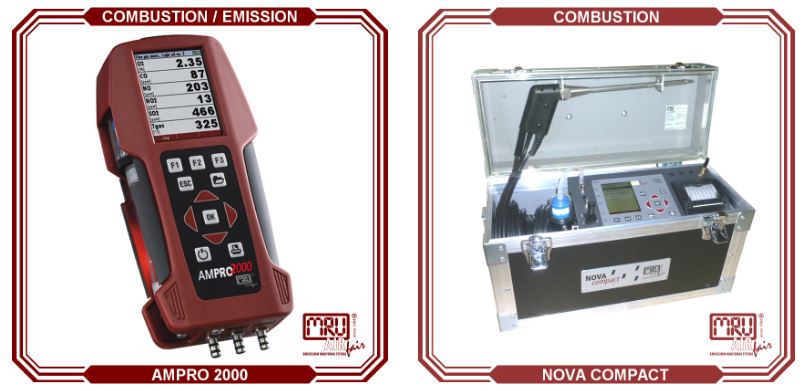When monitoring for emissions is a part of your daily routine, having the right equipment on hand is vital. This not only means having equipment designed to test for specific types of emissions but also having instruments with desirable features. While some features may seem like luxuries, others will help you do your job more easily and more efficiently. This can be especially important to you, when your work is time-sensitive or relies on exact precision.
Manometers
These devices are best used in monitoring gases that are considered non-aggressive. They allow for the constant monitoring of pressure levels, as gases pressure valves, nozzles, and combustion chambers. Manometers help identify low-pressure levels, especially where those levels normally fluctuate.
Gas Leak Detectors
These devices are used primarily to detect leaks in areas, which is vital to reducing dangers and health risks that may be caused by exposure. There are various types of gas detectors that can detect carbon monoxide or combustible gases. Each device is small and portable, designed to fit into small spaces.
Handheld and Portable Gas Analyzers
Handheld gas analyzers can be used in both commercial and residential environments, making them especially versatile. Many of these instruments come with magnetic backing plates, allowing for hands-free use, under certain conditions. Similarly, the portable combustion analyzer can be easily transported to any location, making it ideal for contractors, who may travel to multiple job sites. The devices use electro-chemical sensors, supplementing nondispersive infrared sensors (NDIR) to provide a more concise method of analysis. In some cases, portable combustion analyzers may also come equipped with gas conditioners and heated sampling lines.
Stationary Gas Analyzers
This type of gas analyzer is ideal for industrial settings, where continuous monitoring of several gases is necessary. Equipped with a variety of infrared and electro-chemical sensors, a stationary analyzer can measure pressure and identify system leaks.
These are just a few of the different instruments available for the monitoring and measuring of gas flow levels. Your facility may need multiple types of monitoring equipment, or just one unit to fulfill a specific need. In either case, making use of the right tool can help you gain better control of gas flow in your facility.
- Phishing Email Analysis Landing Page - September 19, 2024
- BPI to hold Cybersecurity Conference to ‘Fortify Cyber-Resilience in an AI World’ - July 25, 2024
- New Smishing Campaign makes use of Globe SMS Sender ID - May 27, 2024

